How to create an effective digital communication plan
Creating a digital communication plan is, nowadays, an essential document in any marketing strategy for a company or business. But let's start at the beginning: what is a communication plan and what is it for?
A communication plan is a roadmap, a document that establishes step by step the objectives and actions that marketing experts must follow to get the communication of a company, product or service to its target audience.
BCM Marketing as a digital marketing agency in Barcelona, we are specialists in creating customised marketing solutions, so in this article we will explore the key steps to create an effective digital communication plan:
- Analyse the context and definition of the project, relational map and competition.
- Do a SWOT and CAME analysis
- Create a buyer persona
- Define objectives, strategies and actions
Analysing the context and definition of the project, relational map and competence
The first step in developing an effective digital communication plan is to know the context: definition of the project and its philosophy, as well as knowing the values of the company, product or service, the people who are going to participate in the project and the management and involvement of each of them. This first step, although apparently obvious, is essential as a starting point to get to know the project in greater depth. What do you hope to achieve with a digital communication strategy? What are the means available to the company to carry out an effective communication plan? What is the company's position with respect to the competition?
All these questions should be considered in the first phase of developing a communication plan for any company, product, brand or service.
Conduct a SWOT and CAME analysis
The SWOT analysis technique helps marketers to contextualise the company and to assess the internal and external aspects of the company. But what does SWOT stand for? Let's see:
- Strengths: these are the positive aspects of internal origin of the company.
Examples of strengths of a SWOT could be: having a good team, having branches in strategic locations or any type of competitive advantage of your business. - Weaknesses: are the negative aspects of internal origin of the company.
Examples of weaknesses of a SWOT can be: from the staff that does not work to the product or the work processes. - Opportunities: these are the positive aspects of external origin of the company.
Example of opportunities in a SWOT: the possibility to grow in the market thanks to an innovative product or current emerging trends where our product fits perfectly, for example. - Threats: these are the negative aspects of external origin of the company.
Examples of threats in a SWOT can be: from the competition to the sector, the type of client, the political context or the location of the company.esa.
Once the SWOT has been drawn up, it is time to carry out the CAME analysis, with which we can define the strategies to address the conclusions of our SWOT. Thus, the CAME matrix stands for "Correct, Address, Maintain and Explore". These four terms refer to the basic actions to be carried out with the sections of the SWOT analysis:
- Correct the internal weaknesses of the business or project.
- Adapt external threats that may arise.
- Maintain the strengths that define the project.
- Explore new opportunities that appear in the market.
Finally, in this phase of the work of developing an effective digital communication plan, it is important to know how to carry out a competitor analysis, which will help us to evaluate the direct and indirect competitors of the business, and to know where our company stands in the market.
Creating a buyer persona
To better understand who our target audience is, we need to identify our buyer persona. In this research of our ideal customer we include all kinds of details about our ideal customer: from demographic details, to their personal interests or insecurities, the type of work they do, their lifestyle, what challenges they face and what their desires are.
Defining objectives, strategies and actions
Finally, once we know the context, the competition, our buyer persona and our strengths, threats, weaknesses and opportunities, it is time to establish clear and measurable objectives to carry out a marketing strategy.
To continue with the creation of an effective marketing and communication plan and after having gathered all the information in previous phases of the process of creating our communication plan, we must now ask ourselves: what do we want to achieve with a digital communication strategy? It is not the same to think about how to increase traffic to a website as it is to create a marketing and communication plan to improve our presence on social networks or to generate more sales through leads that convert.
Understanding that each of these objectives requires a strategy and actions that are very different from each other, it is time to define our objectives: any objective in a communication plan must be SMART (specific, measurable, achievable, relevant and timely).
An example of a communication plan objective could be "Increase organic traffic by 30% in the next 4 months".
Thus, with a specific objective like this, as a marketing agency with more than 25 years of experience, at BCM we are able to define strategies to be carried out, as well as to implement them and plan marketing actions, from the creation of quality content to email marketing campaigns or strategies for social networks.
Conclusions
Creating a digital communication plan takes time and effort, but the results are necessary and worth it. By defining the objectives, knowing the audience and establishing marketing actions, we will achieve success in the digital world. In addition, we all know that the digital world is constantly evolving, so it is very important to have partners who specialise in effective communication plans.











